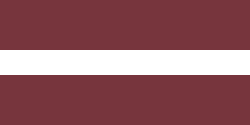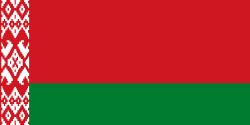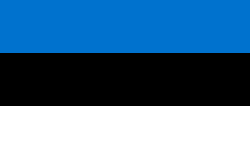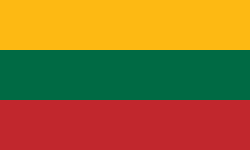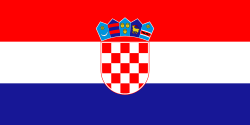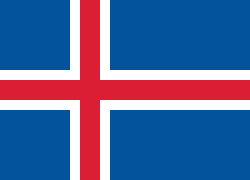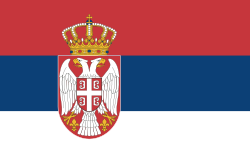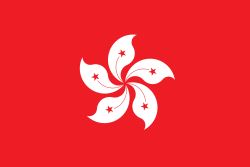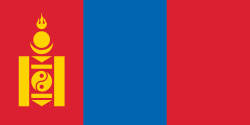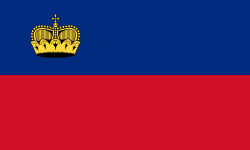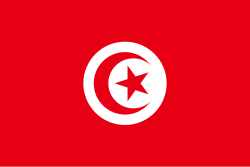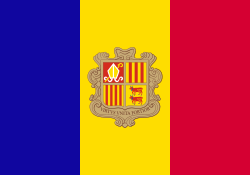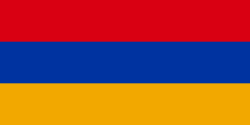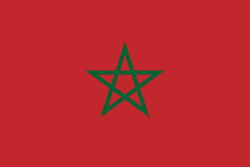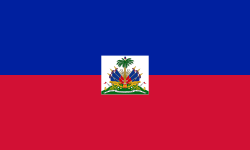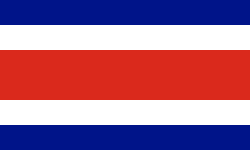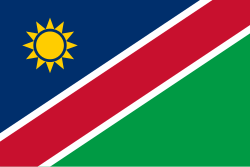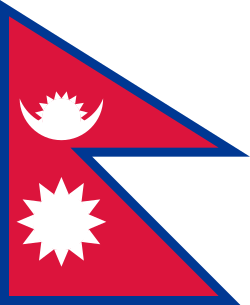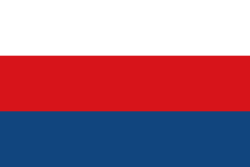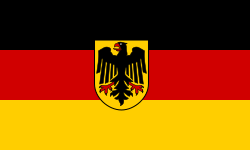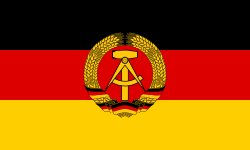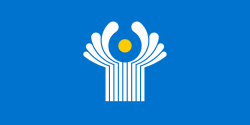Švýcarská hokejová reprezentace
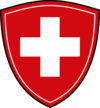 | |
| Přezdívka | La Nati, Die Nati, Eisgenossen |
| Asociace | Schweizerischer Eishockeyverband |
| Trenér | |
| Asistenti | |
| Kapitán | Roman Josi – |
| Nejvíce startů | Mathias Seger (305) |
| Nejvíce bodů | Jörg Eberle (142) |
| Nejlepší střelec | Jörg Eberle (79) |
| Kód IIHF | SUI |
| První zápas | |
(23. ledna 1909, Chamonix, Francie) | |
| Nejvyšší výhra | |
(4. února 1939, Curych, Švýcarsko) | |
| Nejvyšší prohra | |
(30. ledna 1924, Chamonix, Francie) | |
| Mistrovství světa | |
| Elitní skupina | 71× (poprvé v roce 1930) |
| Nejlepší výsledek | |
| Olympijský turnaj | |
| Účasti | 18× (poprvé v roce 1920) |
| Nejlepší výsledek | |
| Euro Hockey Tour | |
| 2× (poprvé v roce 2022) | |
| Stránka týmu na IIHF.com | |
Švýcarská hokejová reprezentace (německy: Schweizer Eishockeynationalmannschaft; francouzsky: Équipe de Suisse de hockey sur glace; italsky: Nazionale di hockey su ghiaccio della Svizzera) zastupuje Švýcarsko na mezinárodních turnajích v ledním hokeji, především na mistrovství světa a olympijských hrách.
Ve 30. až 50. letech 20. století patřila k evropské špičce. Poté zažila ústup ze slávy, ale od začátku 21. století znovu patří k nejlepším hokejovým reprezentacím, takže se dokonce začalo hovořit o tom, že se přiřadila k "velké šestce" světového hokeje a vznikla tak "velká sedmička".[1]
Švýcarský hokejový svaz (francouzsky Ligue Suisse de Hockey sur Glace, německy Schweizerischer Eishockeyverband) byl založen v roce 1908, členem IIHF je od 23. listopadu 1908 (jako čtvrtý člen v pořadí).
První mezistátní utkání sehrála švýcarská reprezentace proti Anglii 23. ledna 1909, prohrála 0:3 (hráno v rámci mezinárodního turnaje v Chamonix). Na témže turnaji sehrála o den později i první utkání proti mužstvu Čech, v němž zvítězila 8:2. Největším úspěchem švýcarské hokejové reprezentace jsou stříbrné medaile z mistrovství světa 1935, 2013, 2018 a 2024, titul mistrů Evropy z roku 1926, olympijské bronzy z let 1928 a 1948 nebo vítězství na Czech Hockey Games 2023.


Mistrovství světa
- skupina B nebo • divize I
- skupina C
Galerie dresů reprezentace
| MS 1998 | ZOH 1998 a MS 1999–2000 | ZOH 2002 a MS 2001–2004 | ZOH 2014 | MS 2014 |
 |  |  |  |  |
| MS 2017 | ZOH 2018 | MS 2018 | ZOH 2022 | MS 2022 |
 |  |  |  | 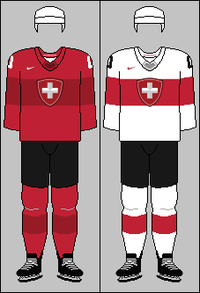 |
Hlavní trenéři
|
|
|
Reference
- ↑ KUNA, František. Nejsilnější šestka už je spíš sedmička. Švýcaři se v posledních letech zařadili mezi světovou elitu. iROZHLAS [online]. 2019-05-21 [cit. 2024-05-24]. Dostupné online.
Související články
Externí odkazy
 Obrázky, zvuky či videa k tématu Švýcarská hokejová reprezentace na Wikimedia Commons
Obrázky, zvuky či videa k tématu Švýcarská hokejová reprezentace na Wikimedia Commons - Švýcarská hokejová reprezentace na IIHF
Média použitá na této stránce
Flag of the Socialist Federal Republic of Yugoslavia (1946-1992).
The design (blazon) is defined in Article 4 of the Constitution for the Republic of Yugoslavia (1946). [1]
Flag of Canada introduced in 1965, using Pantone colors. This design replaced the Canadian Red Ensign design.
An icon that represents a silver medal
An icon that represents a bronze medal
This is the national flag of Belgium, according to the Official Guide to Belgian Protocol. It has a 13:15 aspect ratio, though it is rarely seen in this ratio.
Its colours are defined as Pantone black, Pantone yellow 115, and Pantone red 032; also given as CMYK 0,0,0,100; 0,8.5,79,0; and 0,94,87,0.cancel symbol dark red
National flag and merchant ensign of Germany from 1933 to 1935.
National flag and merchant ensign of Germany from 1933 to 1935.
Vlajka České republiky. Podoba státní vlajky České republiky je definována zákonem České národní rady č. 3/1993 Sb., o státních symbolech České republiky, přijatým 17. prosince 1992 a který nabyl účinnosti 1. ledna 1993, kdy rozdělením České a Slovenské Federativní republiky vznikla samostatná Česká republika. Vlajka je popsána v § 4 takto: „Státní vlajka České republiky se skládá z horního pruhu bílého a dolního pruhu červeného, mezi něž je vsunut žerďový modrý klín do poloviny délky vlajky. Poměr šířky k její délce je 2 : 3.“
Finská vlajka
An icon that represents a gold medal
Flag of Germany with a 3:2 ratio, instead of 3:5. The 3:2 version was used by the German Confederation and the Weimar Republic. See Flags of the World for more information.
National flag and merchant ensign of Germany from 1933 to 1935.
National flag and merchant ensign of Germany from 1933 to 1935.
Flag of Australia, when congruence with this colour chart is required (i.e. when a "less bright" version is needed).
See Flag of Australia.svg for main file information.Při zobrazení tohoto souboru lze snadno přidat orámování
The Flag of Iceland.
- Horizontal aspect ratio: 7:1:2:1:14;
- Vertical aspect ratio: 7:1:2:1:7.
Georgian flag in Pantone MS.
Chinese Taipei Olympic Flag. According to the official website of Chinese Taipei Olympic Committee, Blue Sky(circle) & White Sun(triangles) above the Olympic rings is neither the National Emblem of the Republic of China, nor the Party Emblem of Kuomintang (KMT), but a design in between, where the triangles do not extend to the edge of the blue circle, as registered at International Olympic Committee in 1981 and digitally rendered in 2013. Besides, the blue outline of the five-petaled plum blossom is broader than the red one. Moreover, the CMYK code of the blue one and the Blue Sky & White Sun is "C100-M100-Y0-K0", and different from the Olympic rings (C100-M25-Y0-K0). Note that it's the only version recognized by IOC.
Used color: National flag | South African Government and Pantone Color Picker
| zelená | rendered as RGB 0 119 73 | Pantone 3415 C |
| žlutá | rendered as RGB 255 184 28 | Pantone 1235 C |
| červená | rendered as RGB 224 60 49 | Pantone 179 C |
| modrá | rendered as RGB 0 20 137 | Pantone Reflex Blue C |
| bílá | rendered as RGB 255 255 255 | |
| černá | rendered as RGB 0 0 0 |
The national flag of Kingdom of Thailand; there are total of 3 colours:
- Red represents the blood spilt to protect Thailand’s independence and often more simply described as representing the nation.
- White represents the religion of Buddhism, the predominant religion of the nation
- Blue represents the monarchy of the nation, which is recognised as the centre of Thai hearts.
Flag of Iran. The tricolor flag was introduced in 1906, but after the Islamic Revolution of 1979 the Arabic words 'Allahu akbar' ('God is great'), written in the Kufic script of the Qur'an and repeated 22 times, were added to the red and green strips where they border the white central strip and in the middle is the emblem of Iran (which is a stylized Persian alphabet of the Arabic word Allah ("God")).
The official ISIRI standard (translation at FotW) gives two slightly different methods of construction for the flag: a compass-and-straightedge construction used for File:Flag of Iran (official).svg, and a "simplified" construction sheet with rational numbers used for this file.
bendera Indonesia
Zelený pruh má znázorňovat většinové katolické obyvatelsto Irska, oranžový pruh reprezentuje protestantskou menšinu a bílý pruh uprostřed znázorňuje mír a harmonii mezi nimi.
Flag of Liechtenstein
Flag of Portugal, created by Columbano Bordalo Pinheiro (1857-1929), officially adopted by Portuguese government in June 30th 1911 (in use since about November 1910).
Při zobrazení tohoto souboru lze snadno přidat orámování
The national and official state flag of Haiti; arms obtained from File:Coat of arms of Haiti.svg. The civil flag can be found at here.
Flag of Jamaica. “The sunshine, the land is green, and the people are strong and bold” is the symbolism of the colours of the flag. GOLD represents the natural wealth and beauty of sunlight; GREEN represents hope and agricultural resources; BLACK represents the strength and creativity of the people. The original symbolism, however, was "Hardships there are, but the land is green, and the sun shineth", where BLACK represented the hardships being faced.
Flag of Namibia
Bundesdienstflagge (Flag of the federal authorities of Germany). Under German law, federal states, municipalities, institutions or private persons are not allowed to use this flag.
Flag of Serbia and Montenegro, was adopted on 27 April 1992, as flag of Federal Republic of Yugoslavia (1992-2003).
Flag of Serbia and Montenegro, was adopted on 27 April 1992, as flag of Federal Republic of Yugoslavia (1992-2003).
Autor: Jágrmeister, Licence: CC BY-SA 4.0
The home and away jerseys of the Swiss national ice hockey team used at the 2022 Winter Olympics.
Autor: Jágrmeister, Licence: CC BY-SA 4.0
Switzerland national team jerseys from the 2002 Winter Olympics and the IIHF World Championships between 2001 and 2004.
Switzerland national ice hockey team logo 2017
Autor: Realismadder, Licence: CC BY-SA 3.0
The home and away jerseys of the Swiss national ice hockey team with the Swiss cross in the chest, as used at the 2014 Winter Olympics in Sochi.
Autor: Realismadder, Licence: CC BY-SA 4.0
Switzerland national team jerseys from the 1998 Winter Olympics and the IIHF World Championships in 1999 and 2000.
Autor: Realismadder, Licence: CC BY-SA 4.0
The home and away jerseys of the Switzerland national ice hockey team used at the 2018 Winter Olympics.
Autor: Christophe95, Licence: CC BY-SA 3.0
Denis Hollenstein, Reto Berra, Severin Blindenbacher, Julian Walker and Nino Niederreiter with their silver medal after the 2013 IIHF World Championship Final.
Schweizer Eishockey-Nationalmannschaft bei den Olympischen Spielen 1920
Autor: Realismadder, Licence: CC BY-SA 4.0
The home and away jerseys of Switzerland national ice hockey team used from the 2018 IIHF World Championship.
Autor: Jágrmeister, Licence: CC BY-SA 4.0
The home and away jerseys of Switzerland's national ice hockey team used from the 2022 IIHF World Championship
Autor: Jágrmeister, Licence: CC BY-SA 4.0
Switzerland national team jerseys used at the 1998 IIHF World Championships.
Autor: Realismadder, Licence: CC BY-SA 4.0
The home and away jerseys of the Swiss national ice hockey team used from the 2017 IIHF World Championship.
Autor: Realismadder, Licence: CC BY-SA 4.0
The home and away jerseys of the Swiss national ice hockey team used from the 2014 IIHF World Championship.























